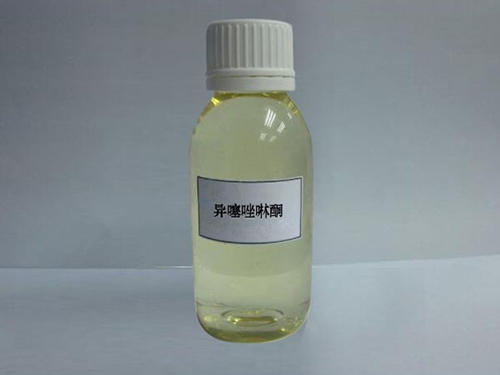Exploring the Effectiveness of Polyaluminum Chloride as a Coagulant in Water Treatment Processes
The Role of Polyaluminum Chloride Coagulant in Water Treatment
Water is an essential resource for all life forms, and its purity is vital for health and environmental safety. Contaminated water can lead to severe health issues and environmental degradation. Consequently, effective water treatment methods are critical, and one of the widely used coagulants in this process is Polyaluminum Chloride (PAC).
Polyaluminum Chloride is a type of inorganic coagulant that is used primarily in the clarification of drinking water, wastewater treatment, and industrial effluents. It is a polymeric form of aluminum salts, characterized by its high charge density, which makes it an efficient agent for destabilizing colloidal particles suspended in water. The use of PAC has gained popularity due to its superior performance compared to conventional coagulants such as alum.
The Role of Polyaluminum Chloride Coagulant in Water Treatment
One of the significant advantages of PAC is its effectiveness in a wide pH range. Traditional coagulants like alum work optimally at specific pH levels, but PAC remains effective even in acidic or alkaline conditions. This flexibility makes PAC suitable for various water sources, including surface water and groundwater, providing consistent performance across different scenarios.
polyaluminum chloride coagulant

Another advantage of using Polyaluminum Chloride is its lower dosage requirements compared to aluminum sulfate (alum). This means that smaller amounts of PAC can achieve the same or even better coagulation results, leading to reduced sludge production during the treatment process. This is particularly beneficial for wastewater treatment plants where managing sludge disposal can be a significant operational challenge. The use of PAC can lead to cost savings in both chemical purchase and waste management.
Furthermore, PAC is known for producing better water quality. Treated water with PAC has been shown to have lower turbidity levels and higher removal efficiencies for dissolved organic matter and microorganisms. This is crucial not just for drinking water standards but also for protecting aquatic ecosystems into which treated effluents may be discharged.
Despite its advantages, the use of Polyaluminum Chloride does come with some considerations. The residual aluminum in treated water can raise concerns regarding potential health effects, particularly in populations such as individuals with kidney disease. However, research indicates that when used appropriately, the levels of aluminum remain within safe limits, adhering to regulatory standards for drinking water quality.
In conclusion, Polyaluminum Chloride coagulant plays a pivotal role in contemporary water treatment processes. Its effectiveness across a range of conditions, lower dosage requirements, and improved water quality make it an attractive choice for municipalities and industries alike. As global water treatment needs continue to evolve due to increasing population pressures and environmental changes, PAC provides a sustainable solution for ensuring clean and safe water for all. Thus, ongoing research and development in the field of water treatment will likely continue to refine and expand the applications of this versatile coagulant.
-
Water Treatment with Flocculant Water TreatmentNewsJun.12,2025
-
Polymaleic AnhydrideNewsJun.12,2025
-
Polyaspartic AcidNewsJun.12,2025
-
Enhance Industrial Processes with IsothiazolinonesNewsJun.12,2025
-
Enhance Industrial Processes with PBTCA SolutionsNewsJun.12,2025
-
Dodecyldimethylbenzylammonium Chloride SolutionsNewsJun.12,2025





